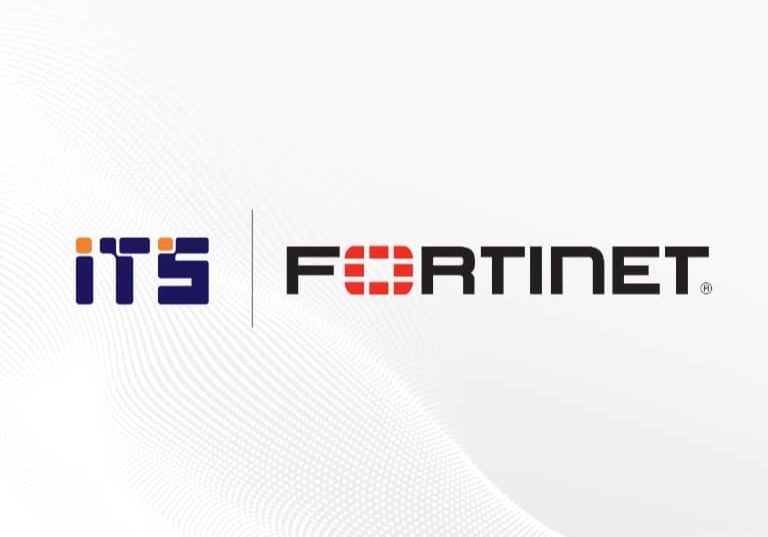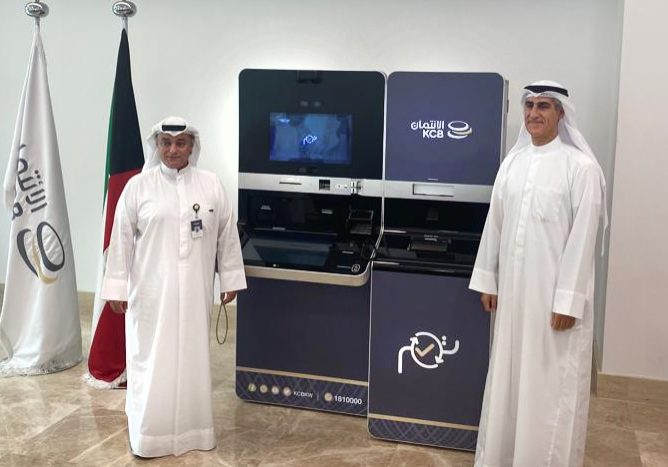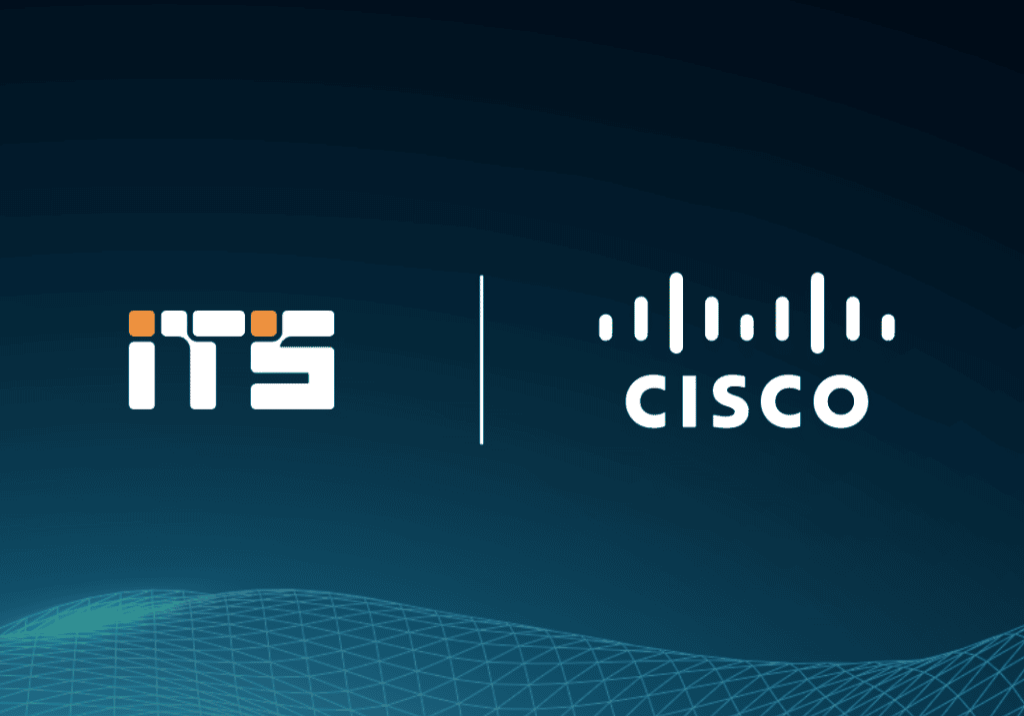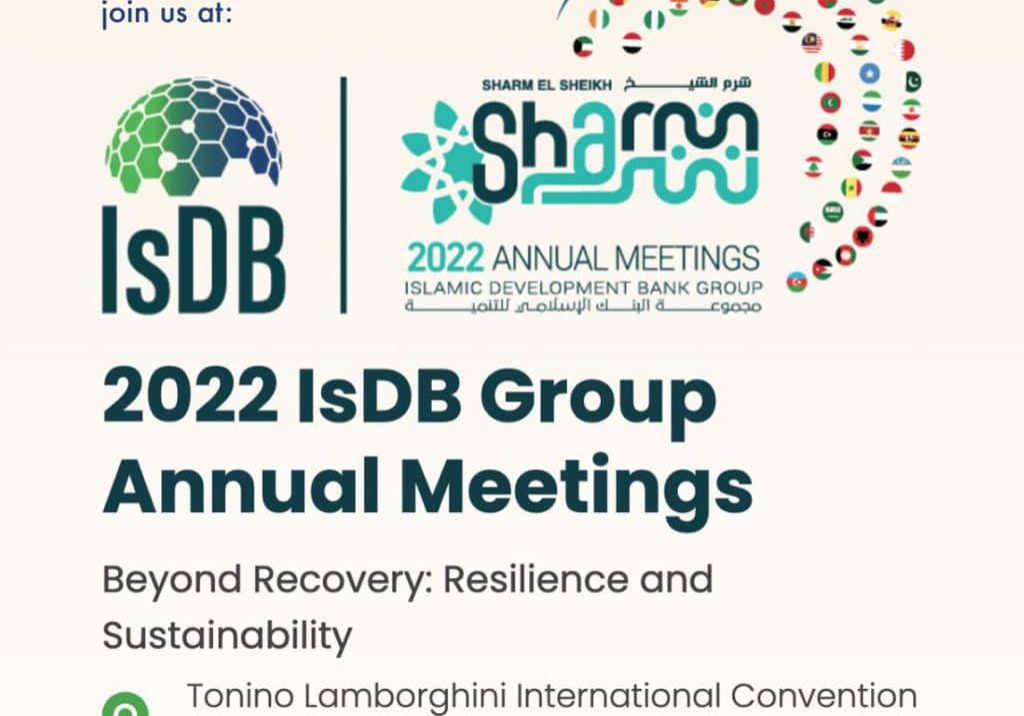Consumers, now more than ever, are empowered with choice. If you don’t have a plan to get them onboard fast and effectively you will lose them to the competition. Here are a few tips to turn new and potential consumers into loyal and long-term customers:
Choose the right onboarding model!
There are basically two types of onboarding models, the “High Touch Model” and the “Low Touch Model” – these models are characterized by the level of automation and personalization and how often the customer and company representatives interact. The High Touch onboarding model has more direct contact with customers and is personalized while the “Low Touch Model” has a more automated process and encourages the customer to explore the products and services on their own. Depending on whether your target audience is a novice with a limited understanding of technology or an ‘expert’ – shaping an onboarding model that is a combination of both automated processes and the personal human touch might be the best depending on your business, product, and your audience. See what works for you!
Design the onboarding experience!
With almost half of consumers surveyed preferring a structured onboarding experience ensure your onboarding strategy includes a clear framework to support customers to understand and use the products and services. The most popular tools include Guides and/or tips for product set-up, an FAQ section, Access to Customer Service Reps, and Interactive walk-throughs and tutorials.
Set Goals beyond the first month!
Did you know that customers are just as likely to abandon the product or service in the fourth month as they are in the first week? Make sure you have an onboarding strategy and goals to retain your customer well beyond the initial onboarding period.
Measure & Report
In order to continuously improve your onboarding strategy, you need to measure its success. One way to do this is by including customer feedback mechanisms into the onboarding process as well as directly reaching out to customers for honest feedback. Other effective metrics can include the Customer Lifetime Value, which measures the total revenue a business may expect from a single customer, and the Net Promoter Score, which measures the percentage of customers willing to recommend their product or services.
Source Manifest Customer Survey 2020









